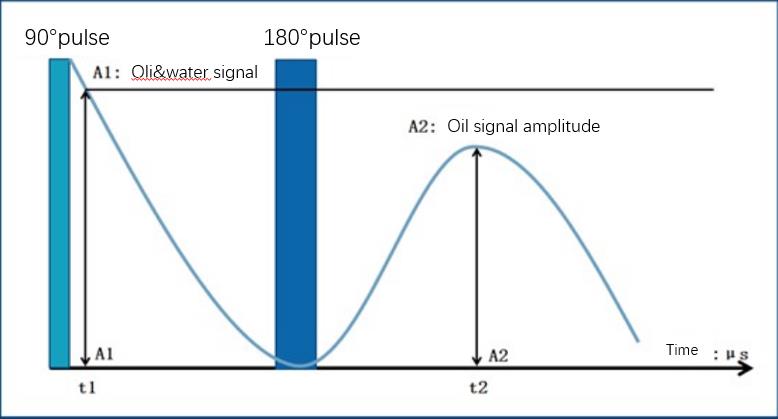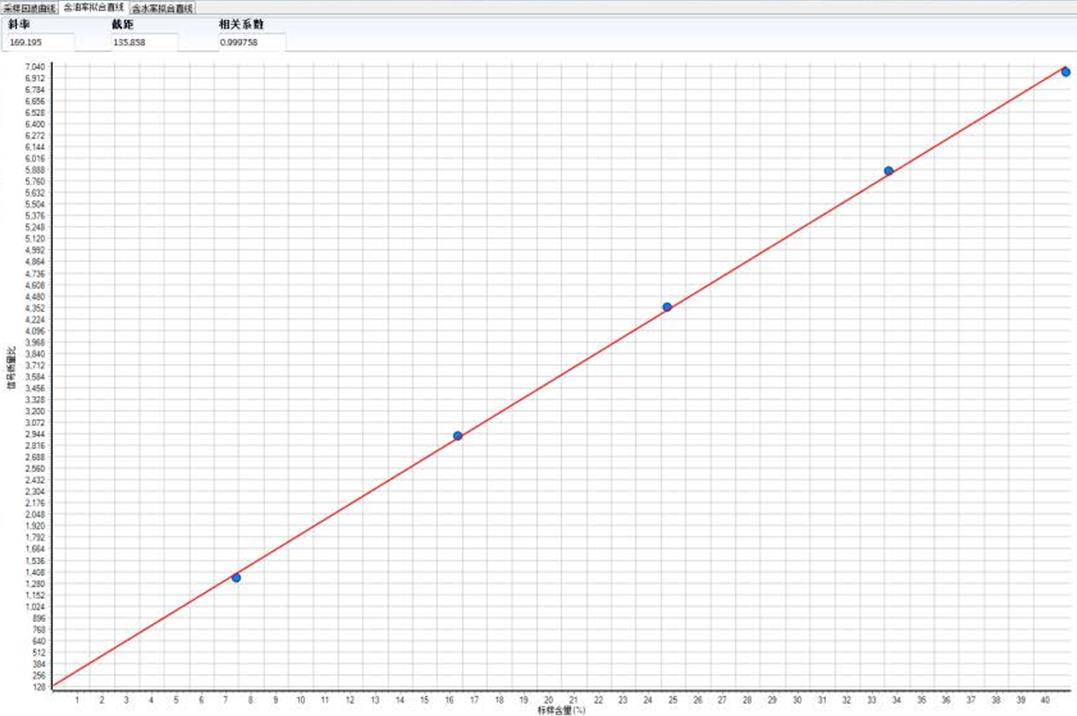Oil Content in Jatropha Curcas Seeds by NMR Analyzer and Soxhlet Extraction
Jatropha carcas is a bio-energy tree. The oil content of Jatropha curcas is as high as 30% to 47%, and the oil content of the seed kernel is 40% to 60%, which is higher than that of many oil crops. Jatropha curcas seed oil can either be used directly as an alternative energy source or converted into biodiesel with improved properties through a methyl esterification reaction. The oil content of Jatropha seeds can be genetically stable. Therefore, it is very important to select seeds with high oil content in the genetic breeding of Jatropha curcas.
Determination of Oil Content in Jatropha Curcas Seeds by NMR Analyzer
NMR is a rapid, simple and non-damaging technique for the determination of oil content in oil crops. This technology has been used for the determination of oil content in rapeseed, soybean, peanut, sunflower seeds and other oilseeds. This paper introduces the NMR technique to determine the oil content of Jatropha curcas seeds and compares it with the value determined by Soxhlet extraction.
The principle of oil content test by NMR Analyzer
The content of hydrogen protons of different components in the sample can be determined by the rate of NMR relaxation. In sun-dried jatropha seeds, the water is tightly bound to the solid matrix, while the oil is free. The water signal and the oil signal can be separated according to the difference of the relaxation speed, so as to realize the oil content test.
The measurement was performed using a spin echo sequence. The figure below shows the spin echo sequence and the detected NMR signal. The free induction decay (FID) NMR signal was measured at t1 after the 90-degree RF pulse. The signal amplitude (A1) at this time is the sum of the signals of water and oil in the sample. After the 180-degree pulse, the amplitude of the detected spin echo signal is A2. At this time, the signal of water has been attenuated to 0, and A2 is only the signal of oil. The oil content can be quantitatively tested according to the corresponding relationship between the signal intensity and the H content.
NMR calibration and testing
The hot-pressed refined oil of jatropha seeds was used as the standard sample for calibration, and the standard curve was made. Take 3 groups of seeds, each group of 10 seeds, weigh the weight of each seed and input it into the program. After NMR scanning, the percentage of oil content of each seed is automatically obtained according to the radio frequency signal and the standard curve. The average value of apparent oil content of 10 seeds was taken as the apparent oil content of each group of seeds.
After calibrating with 3~6 samples with known oil content (or hot-pressed Jatropha curcas oil), unknown samples can be tested within 30 seconds to 3 minutes. The testing process is fast and non-destructive, enabling industrial online process testing.
Soxhlet assay was performed in accordance with GB5512-85 assay method. Using the seeds of Jatropha curcas with the measured oil content obtained by nuclear magnetic resonance technology as the material, the results obtained by the two methods were compared.
 NIUMAG
NIUMAG



